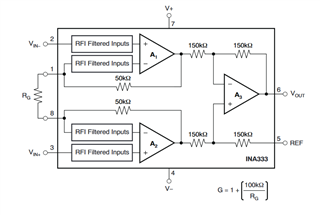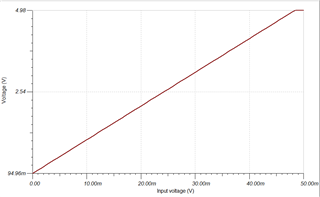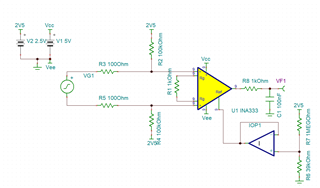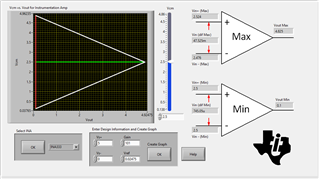Other Parts Discussed in Thread: TINA-TI
Tool/software:
Hello TI team ,
Could you please help to simulate below K thermocouple interface with INA333. We need accuracy ±1%. Temperature range 25'C to 1200C'.
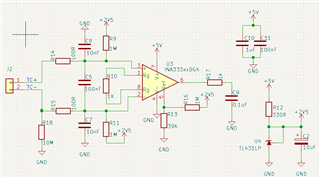
Please look it and revert me asap.
Regards
Jigar Jain


